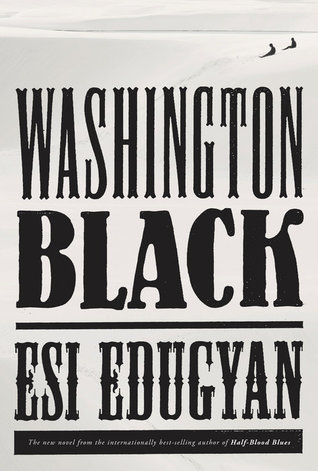Everything I Never Told You Celeste Ng (2014)
Celeste Ng’s 2018 novel, Little Fires Everywhere, made my list of the best of that year. I checked out Ng’s 2014 offering, Everything I Never Told You, to get more of her deep probing of complex family issues, and I was not disappointed.
The first words of Everything I Never Told You are “Lydia is dead,” so it’s no spoiler for me to tell you that the death of sixteen-year-old Lydia Lee is the central mystery of the novel, which is set primarily in 1977 in a small college town in northwestern Ohio. The narrative line zigs and zags, back and forth in time, tracing the lead-up to the death of Lydia and, in the process, uncovering the backgrounds and personalities of the other members of her immediate family.
Lydia’s father, James Lee, is a professor of history at the local college. The Chinese American James has struggled against bigotry throughout his life, and the ante is upped when he marries Marilyn, an undergraduate he meets in 1957 when he’s a graduate student at Harvard. Marilyn, with her honey-colored hair and blue eyes, has battled discrimination and bullying as a woman trying to make a career in science. Her plans to become a physician are scuttled when she gets pregnant, marries James, and drops out of Radcliffe. As a bored stay-at-home mother, she finds a focus for her considerable intellect in grooming daughter Lydia for medical school, even though Lydia doesn’t have the interest or ability that Marilyn assumes. Lydia’s older brother, Nath, is pretty much ignored by the family as he quietly applies to and is accepted by Harvard to pursue his passion for aeronautics. And Lydia’s younger sister, Hannah, hiding under tables and around corners, observes much but is dismissed as irrelevant by the rest of the family.
As the title of the novel lays out clearly, the Lee family members don’t open their hearts to each other. James pushes his biracial children toward conformity, wanting them to fit in even though they look different from everyone else in town. (“. . . different has always been a brand on his forehead, blazoned there between the eyes. It has tinted his entire life, this word; it has left its smudgy fingerprints on everything.” [251]) Marilyn is mostly able to hide her anguish about her abandoned career, but at a high price. Lydia’s siblings do what they can to support each other, but Nath in particular longs to escape the backwater where he was raised. Novelist Ng takes readers behind the scenes, reconstructing the months leading up to Lydia’s death as well as the months afterwards. The Lees are all stupefied by their grief, but each family member’s reaction to Lydia’s death is unique. The inability of the Lee family to discuss racism and sex discrimination is a microcosm of society’s struggles on these topics.
When I finished reading Everything I Never Told You, I wanted to hug James and Marilyn and Nath and Hannah and tell them that they are good people who will survive the tragedy of losing Lydia. I wanted to gently encourage them to talk to each other more. I wanted to know how the rest of their lives played out. Obviously, these fictional characters came fully alive for me, testifying to the skill of Celeste Ng. Her intimate family story is sad and poignant and yet glimmering with hope.





